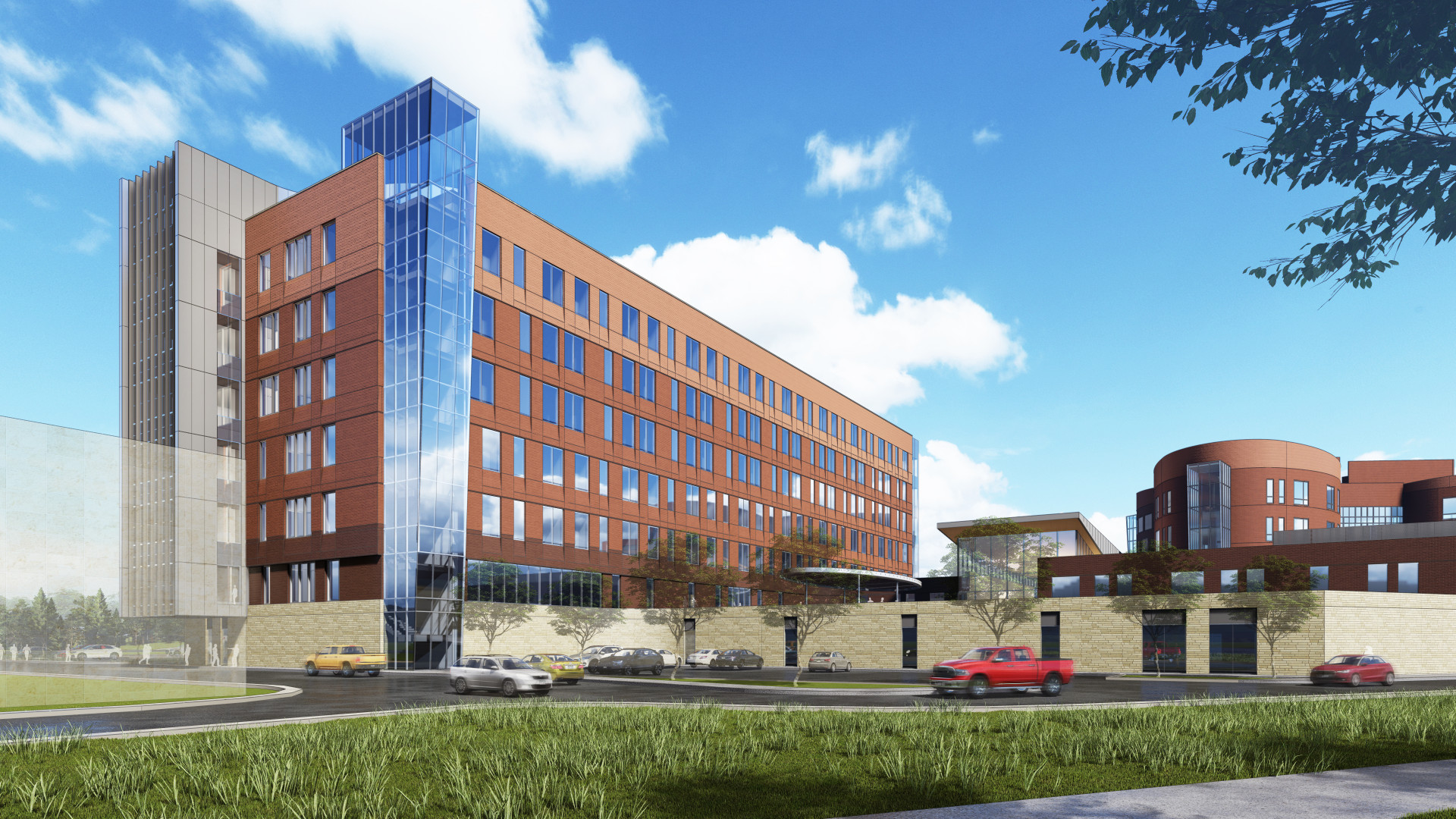
Coloradans will weigh in on the presidential race on March 1. Well, some of them will. Republicans and Democrats will caucus around the state, but only Democrats will tally their preferences for president -- and even then, the selection is non-binding.
Peter Hanson teaches political science at the University of Denver. He spoke with Colorado Matters host Ryan Warner about what participating in a caucus is like, and why Colorado has a caucus system in the first place. Click on the audio link above to hear the conversation. Read on for a brief look at how the caucuses function.
Why no official winners?
On the GOP side, the Republican National Committee now requires delegates in states with straw polls like Colorado's (with 37 delegates at stake) to back the poll's overall winner. But the Colorado GOP didn't want its delegates to be bound to a candidate they didn't support, in case that candidate didn’t make it all the way to the convention.
That’s what happened in 2012 with Rick Santorum, so they backed away from the straw poll altogether. Still, the topic of presidential politics -- and a discussion of the candidates -- will likely come up at Republican caucus sites anyway.
The Democrats have a different approach to selecting their 79 delegates. There's a non-binding presidential preference poll, which the news media will report as a signal from voters on which candidate they support. However, delegates do not officially vote for the party's presidential nominee until the national convention.
What you need to do if you're a Republican:
First, you have to register - to vote, of course, but also to register to participate in the caucus. The Republicans have an online form for that. The basic rules: proof of 30 days residency in your precinct, and of being registered to vote no later than 29 days before the caucus. (The details are, of course, a little more complicated. Check the GOP website for more information.)
Next, you go to your precinct meeting place -- you'll know where it is because the registration form will tell you -- at 7 p.m. There, you'll elect precinct chairs, secretaries and other officers, along with delegates and alternates to county and higher-level assemblies -- some of whom will eventually win spots as delegates to the Republican National Convention.
What you need to do if you're a Democrat:
As with Republicans, registration is key. But here's the rub: If you are reading this now and thinking you'd like to caucus as a Democrat, but you didn't state your party preference by Jan. 4, it's too late to participate.
If you did register to vote, and register as a Democrat in time, then the Democratic caucuses also start at 7 p.m. for you -- the locations, as well as a location finder, are posted here. You'll vote on two separate matters. First, you'll select delegates to county conventions who will eventually run at higher level statewide conventions in order to go to the Democratic National Convention. And, you'll take part in a presidential preference poll as described above.
Then, you'll select delegates to county assemblies, which pick nominees for U.S. Senate, the state Assembly, and county commissioners. As it is for Republicans, the details can be complicated. You can read more about the Democrats' process here.
A final note: Neither party allows proxies, and participants at the caucuses must appear in person, on time by 7 p.m.









